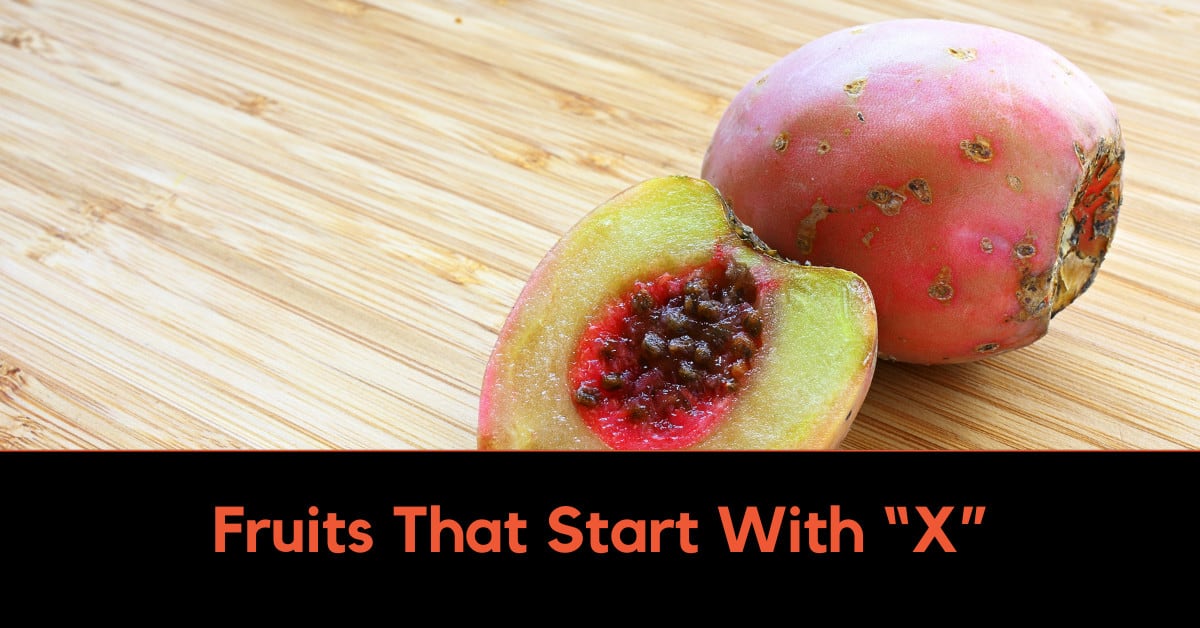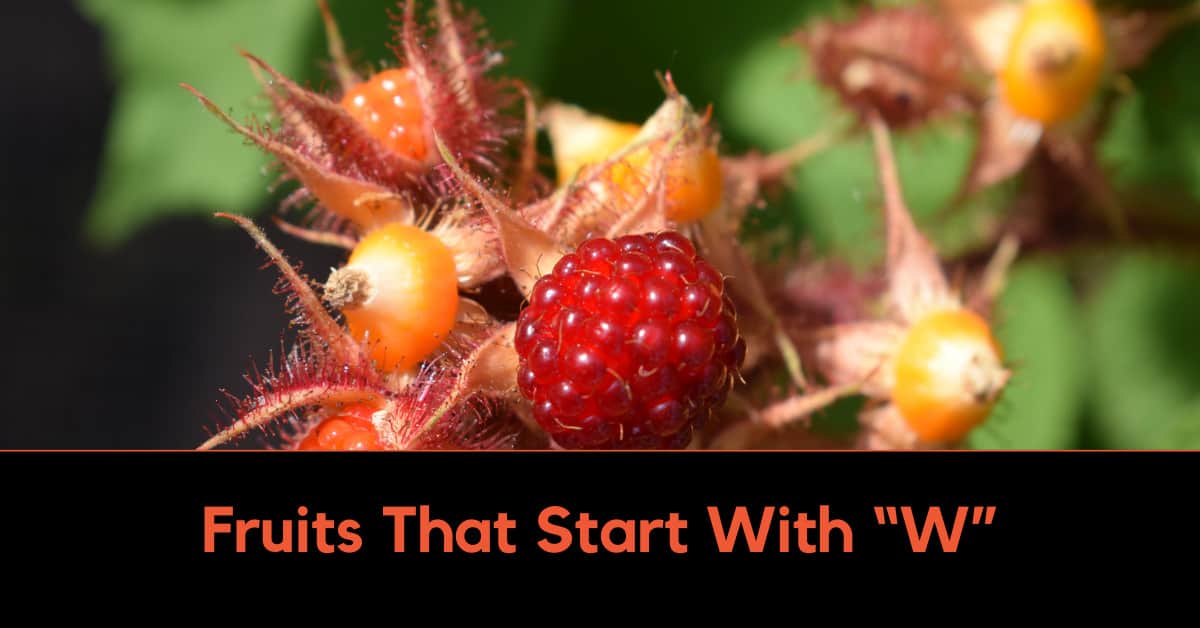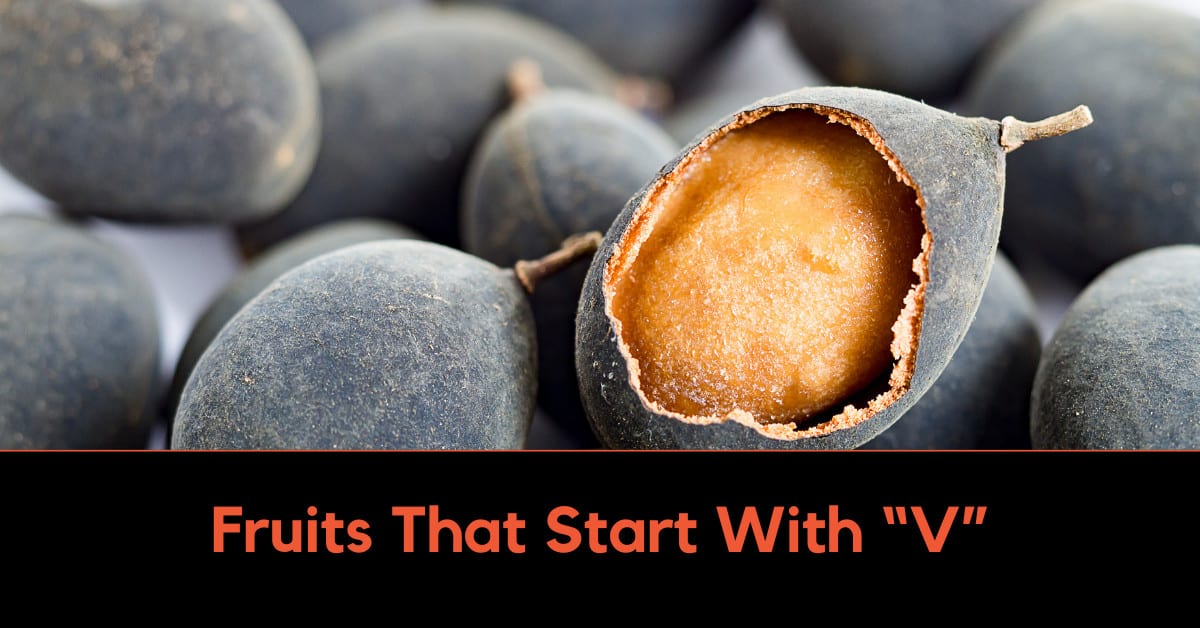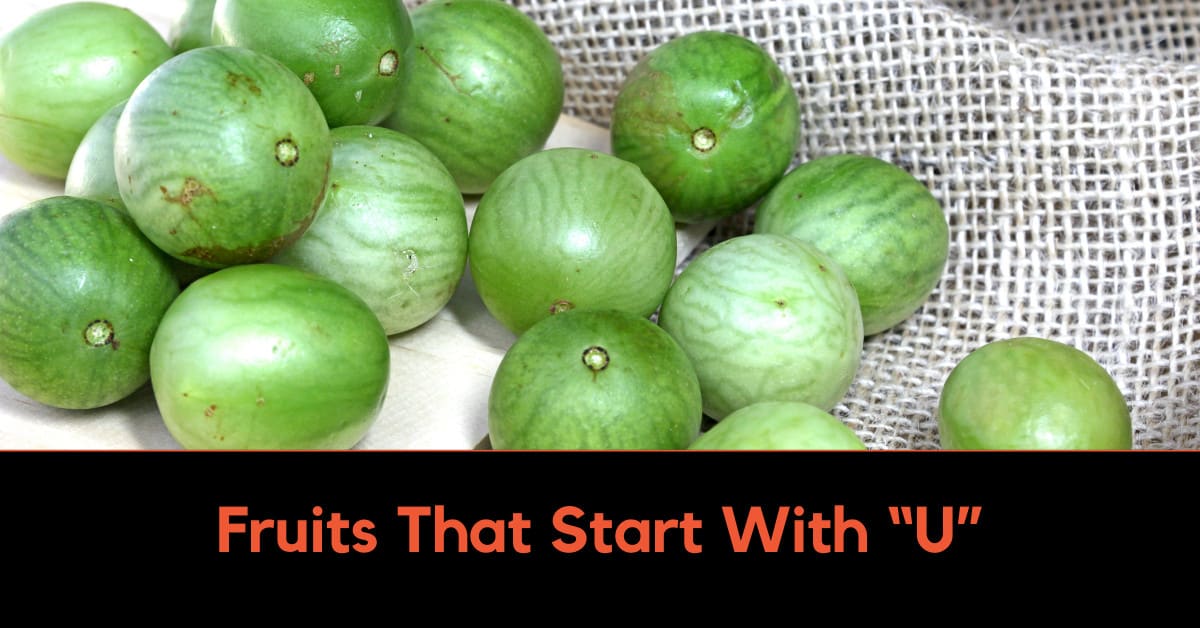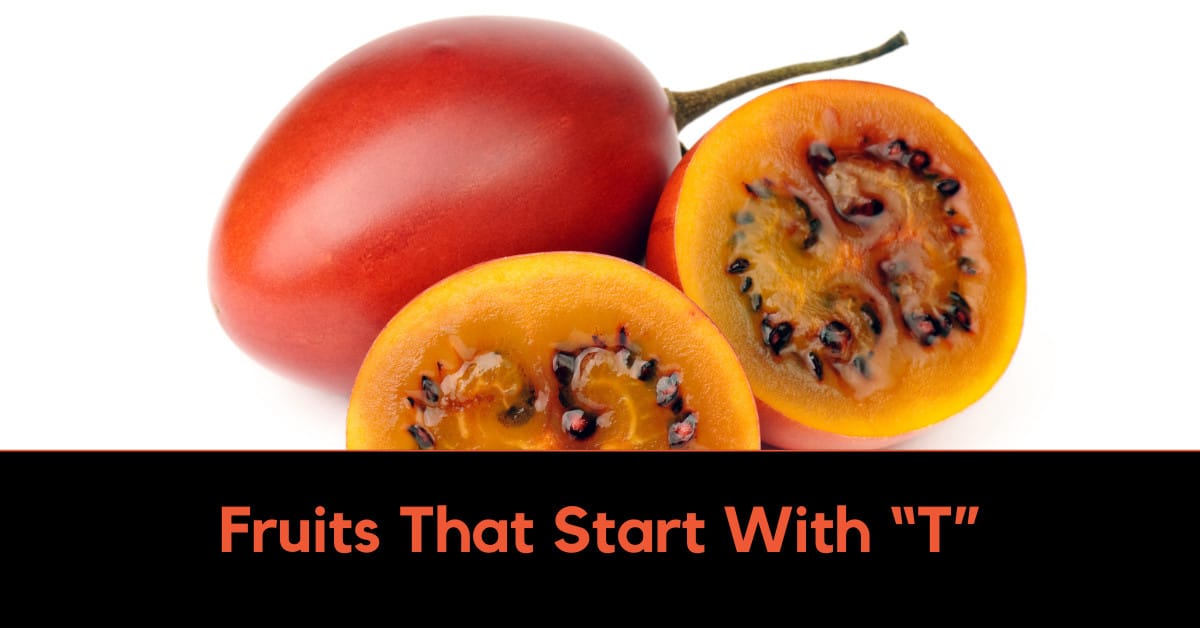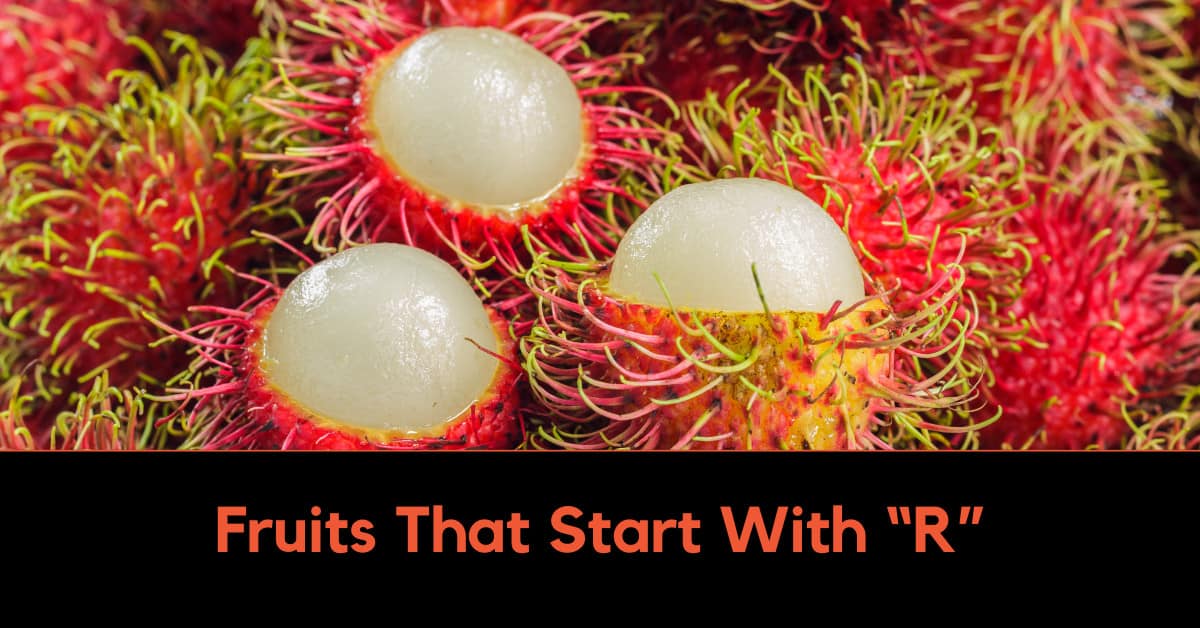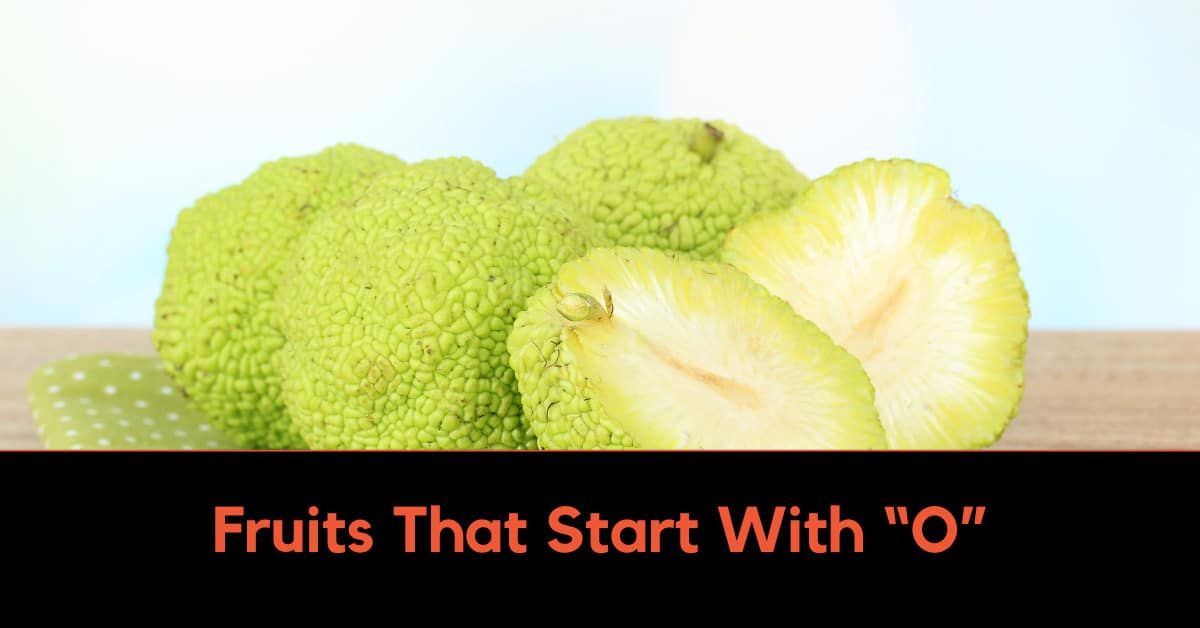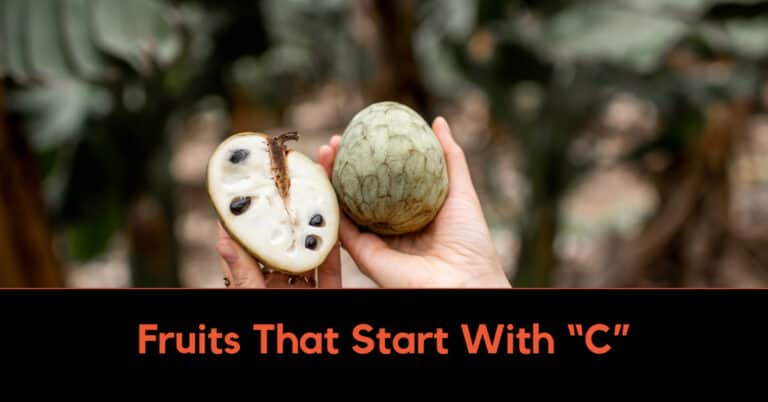Looking to win a bet? Or just killing time and that little voice inside your head wants to know about fruits that start with the letter C? Here you go! This is our quick list of common and uncommon fruits that start with C.
Cherimoya
Cherimoya, affectionately known as custard apple, is a luscious fruit recognized for its creamy texture and blend of pineapple, banana, and papaya flavors. Native to the Andes, it’s a concourse of delight for the palate. Relished raw or scooped and served as a sweet treat, Cherimoya is a getaway to a tropical taste adventure, all from the comfort of your home.
- Seasons Available: Late winter to early spring
Chayote
Chayote, also known as vegetable pear due to its pear-like shape, is a unique member of the gourd family. Mild in taste with a crisp texture; it adds a refreshing crunch when eaten raw and a tender bite once cooked. This versatile fruit is not just for salads but can be steamed, mashed, or fried, much like a squash.
- Seasons Available: Late summer to early fall
Coconut
The coconut is distinctly tropical and serves an integral role in many cuisines worldwide. It is notable for its water, which is rich in electrolytes, and its flesh, which can be eaten fresh or dried, also providing oils for culinary and cosmetic uses. Coconuts are as renowned for their nutritional value as they are for their versatility.
- Seasons Available: Year-round
Cherries
Cherries are small stone fruits that come in both sweet and sour varieties. Sweet cherries like Bing are perfect for fresh eating, while tart cherries are commonly used in baking. With their rich, red hue and juicy bite, cherries are high in antioxidants and offer numerous health benefits.
- Seasons Available: Late spring to mid-summer
Cranberries
Cranberries are a staple in fall and winter festivities, known for their tartness and deep red color. Primarily harvested in waterlogged bogs, they make an excellent addition to sauces, juices, and dried fruit mixes. Their high nutrient content and antioxidant properties make them not just a holiday favorite but a health one too.
- Seasons Available: Fall
Cape gooseberry
Cape gooseberries, also known as goldenberries, are small, round, and encased in a papery husk. When ripe, they offer a burst of tangy and sweet flavors that are reminiscent of a tomato crossed with a pineapple. These tiny powerhouses are rich in vitamins and add a bright note to desserts and salads alike.
- Seasons Available: Late summer to early fall
Cupuaçu
Cupuaçu is a tropical rainforest fruit that’s closely related to cacao. It has a distinctive flavor, often described as a mix of chocolate and pineapple. The fruit’s pulp is popular for its nutritious qualities and is commonly used in smoothies, desserts, and cosmetics for its rich, hydrating properties.
- Seasons Available: Year-round in its native habitat
Calamondin
Calamondin, or calamansi, is a small citrus fruit that resembles a miniature tangerine. This zesty fruit is mainly enjoyed in the form of juice, providing a sharp sour flavor akin to a lemon or lime. It’s a popular ingredient in Philippine cuisine, both as a seasoning and a refreshing drink.
- Seasons Available: Late winter through early summer
Crabapple
Often found as the decorative flora in gardens, crabapples are not traditionally eaten fresh due to their tartness but are excellent in jellies and preserves, providing a unique taste experience.
- Seasons Available: Late fall
Clementine
Clementines are the seedless variety of mandarins, offering a sweet and convenient snack. These citrus stars are not just for the festive season but also a delight enjoyed worldwide for juicing or as a fresh, peelable treat.
- Seasons Available: Fall to early winter
Cloudberry
Cloudberries are rare, amber-colored fruits that grow in the wild, cool climates of the Northern Hemisphere. They’re rich in vitamin C and have a unique tart taste, often turned into jams and liqueurs in Scandinavian countries.
- Seasons Available: July to August
Carissa
Carissa, also known as Natal plum, is an evergreen shrub bearing a red, plum-like fruit. It’s native to Africa and thrives in tropical conditions. Its juicy flesh is both sweet and tart, commonly used to make preserves and syrups.
- Seasons Available: Late spring to early fall
What about ALL the Fruits? Here ya go!


